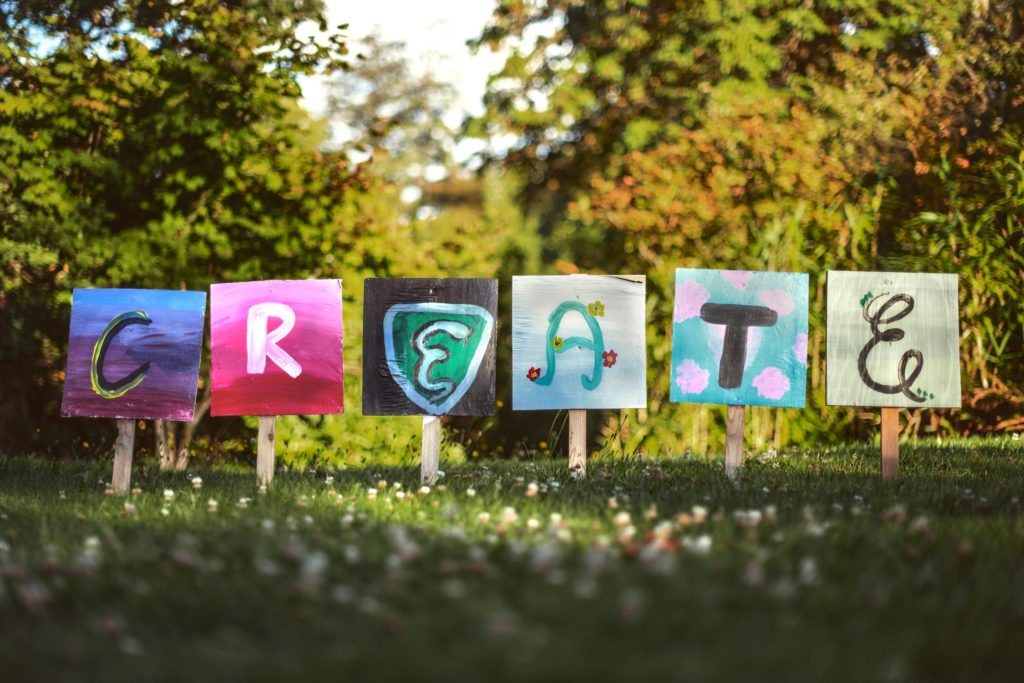Collaborative Writing Exercises: The Key to Socialization During Virtual Learning
Classrooms Team
Oct 13, 2020
We are a reader-supported education publication. When you buy through links on our site, we may earn an affiliate commission to help us keep providing content.
With online learning in full swing for so many schools and college campuses, it might seem more difficult than ever for students to feel connected to their peers and classmates. While group projects and collective graded assignments might be a bit difficult to pull off remotely, there are still plenty of opportunities for students to interact with one another and learn in a collaborative setting.
When it comes to English, creative writing, and even other creative subjects in school, group activities like collaborative writing exercises could open up a lot of social doors for students who are feeling unmotivated or simply have a difficult time breaking out of their shell.

While you could also assign collaborative writing as a heavily graded assignment, it’s totally possible to achieve the benefits of group work without the trials and tribulations of navigating large group assignments online. While there are ways to manage heavy group projects online, students could also find that same connection in other ways that can lead to more intensified focus on their solitary assignments.
What Is Collaborative Writing?
Collaborative writing is exactly what it sounds like — it involves a group of people coming together to produce one piece of written work such as a document, paper, poem or story. Often, this term is used to refer to larger assignments, business writing and forms of serious technical writing that require a team of people. Therefore, when students usually experience group writing, it often comes in the form of an assignment with a heavy pressure associated with it. The collaborative spirit often turns into division, and much of the energy and focus goes towards the grade rather than the material or learning experience.
In its best forms, collaborative writing will push students to converse deeply about material or ideas, explore interesting concepts together, and create something that helps them learn. Even simple activities like brainstorming help students bounce ideas off one another.
By transitioning from heavily graded group assignments to group learning, exploration and collaboration, the students may just get more out of their experiences in your classroom. However, everything is a balancing act, and it could be beneficial to mix and match depending on your class and their learning styles.
Boosting Creativity
Collaboration in writing is a great way to boost creative thinking in students and push them a bit outside of their comfort zones. Going the creative writing route specifically can bring even more exploration into the process. Whether you’re a creative writing teacher whose students usually work on solitary prompts, or you’re an English teacher looking to think a bit outside the box, working on a creative exercise could get your students into a more positive and interactive headspace.
There are so many collaborative writing exercises that you can try out in your classroom — from the long-trusted exquisite corpse to the graffiti fiction writing exercise. You can even use an existing written work you’re studying as a prompt and use the activity to consider ideas presented in the text. That way, you can stay on topic, and still have some fun.
Socialization
Group writing exercises are a fantastic way to encourage socialization and teamwork for classes confined to online learning. One of the beauties of group writing and other creativity-based group exercises is the way teamwork and social interaction actually enhance learning much better than in high-pressure situations.
When group projects are crammed into short amounts of time or are worth a high grade percentage, students will likely be more focused on accomplishing the task rather than actually learning and having a good educational experience. Socialization and teamwork often fall by the wayside as work is divided up — and usually groups are seen as a hindrance to progress, not an advantage. However, in more creative and relaxed settings, students are likely to tune into one another’s ideas and make an effort to learn from one another.
Levity
Online learning, screen fatigue, school in general, and the heavy weight of projects and grades looming can often take a toll on students. Kids are more stressed than ever, and sometimes the best learning solutions come from giving them a bit of relief rather than piling work onto them. Collaborative writing exercises are often the best of both worlds in that they feel like a bit of a break for the class, but they keep students engaged and thinking. They can be a great addition to the syllabus during high-traffic times of the school year.

Encouraging Collaboration and Creativity
Sometimes, students thrive and learn best when you think a bit differently. While collaborative writing exercises might not be the first thing that comes to mind when you want to assign a group project or get your students to work together, they could leave the whole class feeling refreshed, uplifted and ready to learn.








